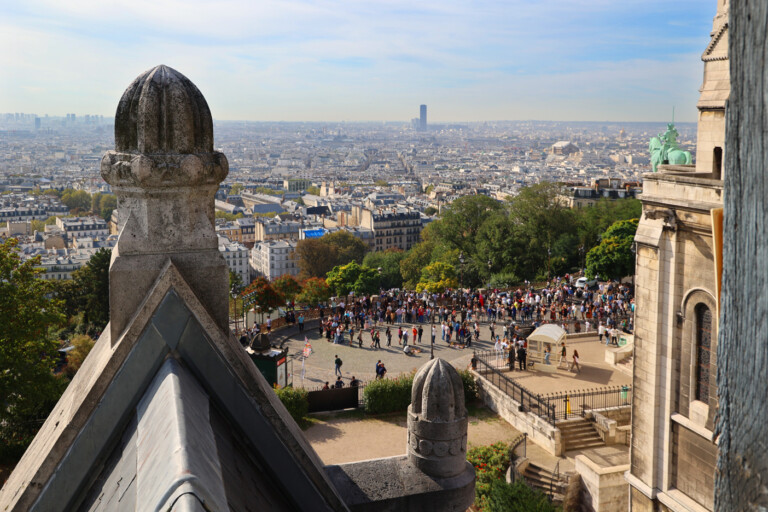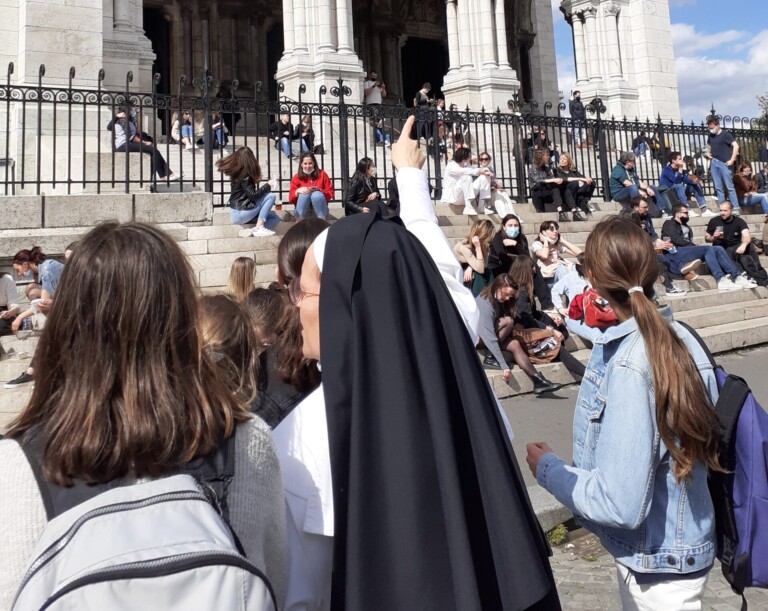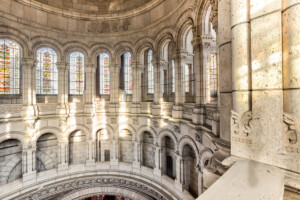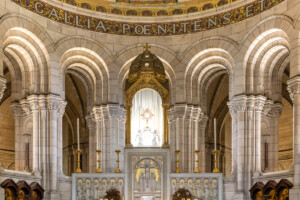A unique place
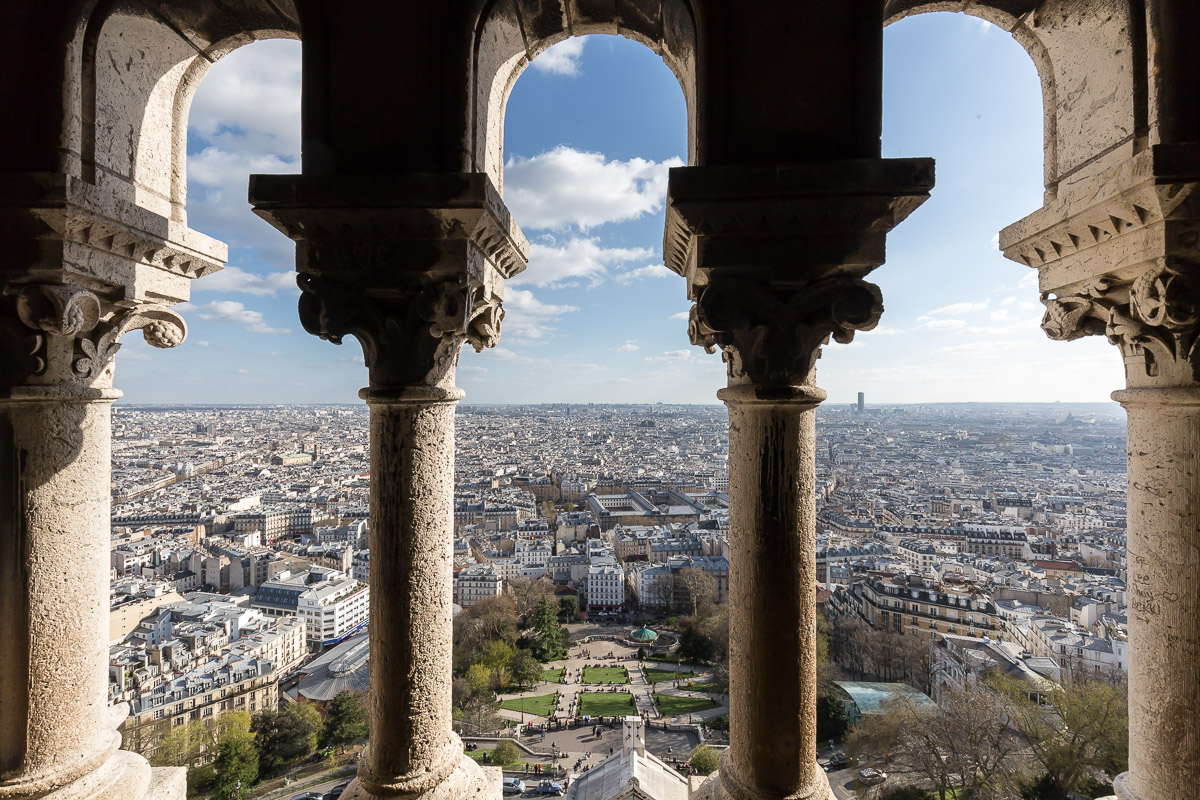
A SACRED experience, in a UNIQUE place
In Paris, on the hilltop of Montmartre, discover much more than a monument.
The Basilica of the Sacré-Cœur of Montmartre is the Shrine of Perpetual Adoration and divine Mercy, dedicated to Jesus’ sacred Heart.
It is a unique place where people pray day and night, continuously, for almost 140 years now.
It is a sacred place where people can experience the tenderness and infinite mercy of God.
It is a beating heart for each person coming in.
It is Jesus who relieves you by presenting his gentle, humble heart.
It is also a historic landmark for the Church of France. It has a global reach, welcoming every year millions of visitors from all countries. It is now waiting for you.
Jean-Marie Lustiger Cardinal« When seeing in the distance the white domes of the Sacré-Cœur of Montmartre, each Parisian, each visitor to the capital may say to himself that up there, at this moment, someone is praying for him, for all the people around him, and for the whole world. »
The basilica, it’s Montmartre!
On the top of the Montmartre hill, the basilica beats to the rhythm of life of this one-of-a-kind neighborhood, known all over the world for its incomparable appeal, the great artists who lived there, and the unique soul of this « village ».
Leaving the basilica, stroll the charming narrow streets of Montmartre. Do not hesitate to venture off the beaten path, you will not regret it!


